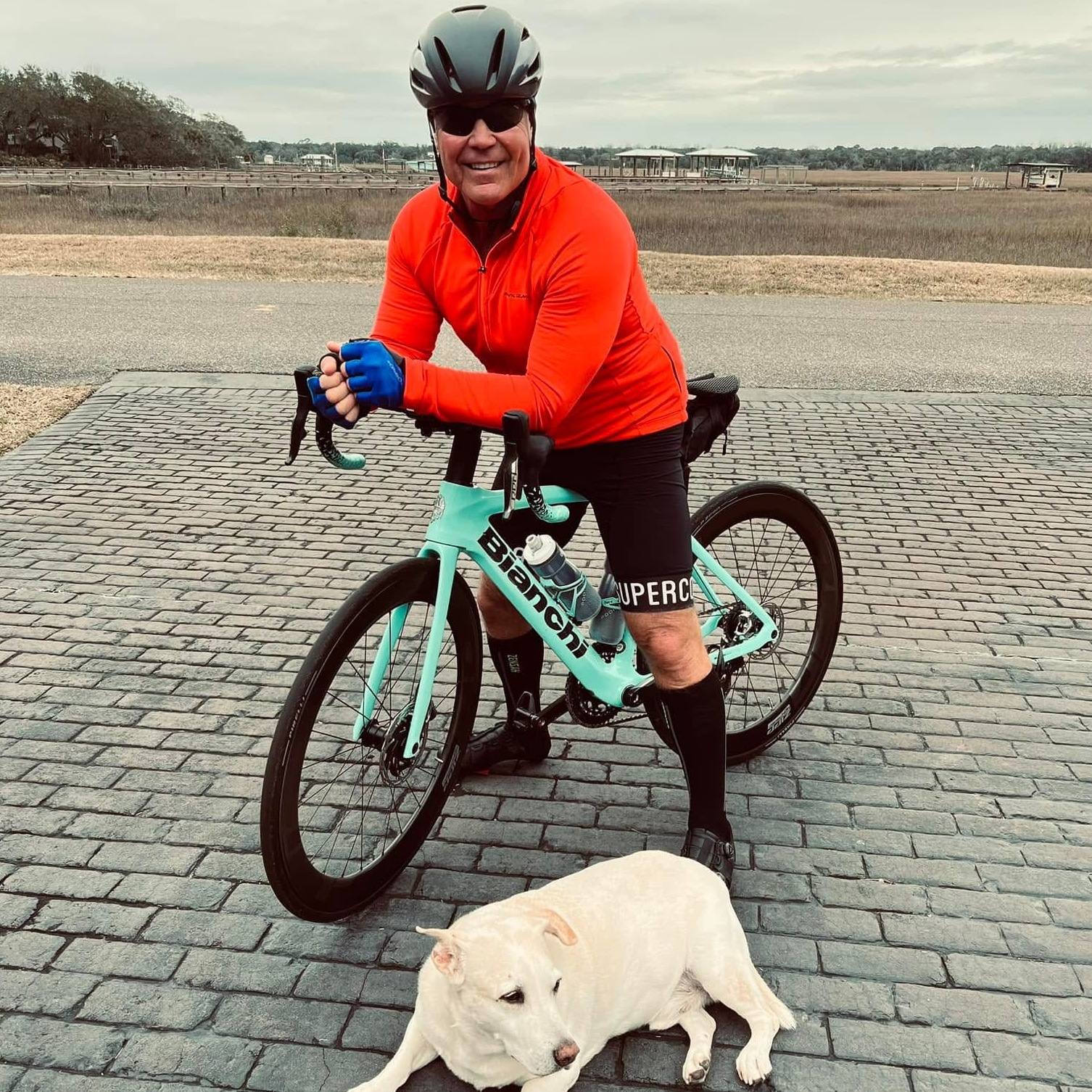 In 2007, Kimmy Lockwood decided to be screened for weight-loss surgery to address a longtime weight problem. Little did she know that decision would be lifesaving and eventually lead to a liver transplant at Mayo Clinic.
In 2007, Kimmy Lockwood decided to be screened for weight-loss surgery to address a longtime weight problem. Little did she know that decision would be lifesaving and eventually lead to a liver transplant at Mayo Clinic.
Tests indicated Lockwood had low iron levels. Her local physicians found the reason — a genetic disorder called hereditary hemorrhagic telangiectasia (HHT, also known as Osler-Weber-Rendu disease or syndrome).
HHT leads to abnormal blood vessel formation in the skin, mucous membranes and often in organs including the lungs, liver and brain. The condition can cause nosebleeds and undetected internal bleeding. Lockwood had one symptom of the disease, a large arteriovenous malformation (AVM), in her left lung. That condition — an abnormal connection between veins and arteries — was successfully treated.
Still ill despite treatment
About a year later, Lockwood felt fatigued and often was short of breath. At times, she had to use supplemental oxygen to breathe properly. She was diagnosed with heart failure. An AVM was detected in her liver. Her doctors weren’t sure if there was a connection between her symptoms and the AVM. Lockwood searched for physicians who were experts about her disease and found them at Mayo Clinic.
In March 2010, she met with Russell Wiesner, M.D., a Mayo Clinic liver transplant specialist. He explained that the AVM in her liver was taxing her heart because of the blood rushing through her heart from her liver. A liver transplant would be necessary to preserve her cardiac function.
“I was overwhelmed, hearing the word transplant,” says Lockwood, whose heart had been working overtime, causing her to feel weak. “I worried my heart would fail before a liver was found.”
Lockwood also met with Julie Heimbach, M.D., a Mayo Clinic transplant surgeon, who encouraged her to get in the best possible condition before transplant to optimize the surgical outcome. Lockwood adopted a fighting spirit, changed her eating habits and began regular exercise.
“Dr. Heimbach made me feel like an important part of my medical team, which motivated me to get in better physical and mental shape,” says Lockwood, who lost 17 pounds in the six months before her transplant surgery.
Two goals, one surgery
Lockwood received a new liver at Mayo Clinic in 2010. During the same surgery, Lockwood also had a sleeve gastrectomy — a type of weight loss (bariatric) surgery. This procedure involves surgically removing the left side of the stomach, leaving a stomach about the size and shape of a banana.
“My journey came full circle in a way,” says Lockwood, who lives in Siren, Wis. “My HHT was discovered when I first explored gastric bypass surgery. Being able to receive a new liver and also continue my weight-loss mission was doubly rewarding. The transplant was lifesaving and life-changing. Succeeding at losing weight made me look good in addition to feeling good.”
To date, Lockwood has lost 97 pounds. She credits her husband of 35 years, Dennis, her renewed faith in God, and the support of family and friends with giving her strength and courage.
“I feel much stronger. I can go for walks outdoors and exercise,” she says. “I can’t say enough good things about Mayo Clinic. They involved me as a patient and gave credence to what I said. Their knowledge about HHT and their care greatly improved my quality of life.”
(This story comes to us from the Sharing Mayo Clinic print publication.)
Related Diseases
Related Departments
Related Articles







